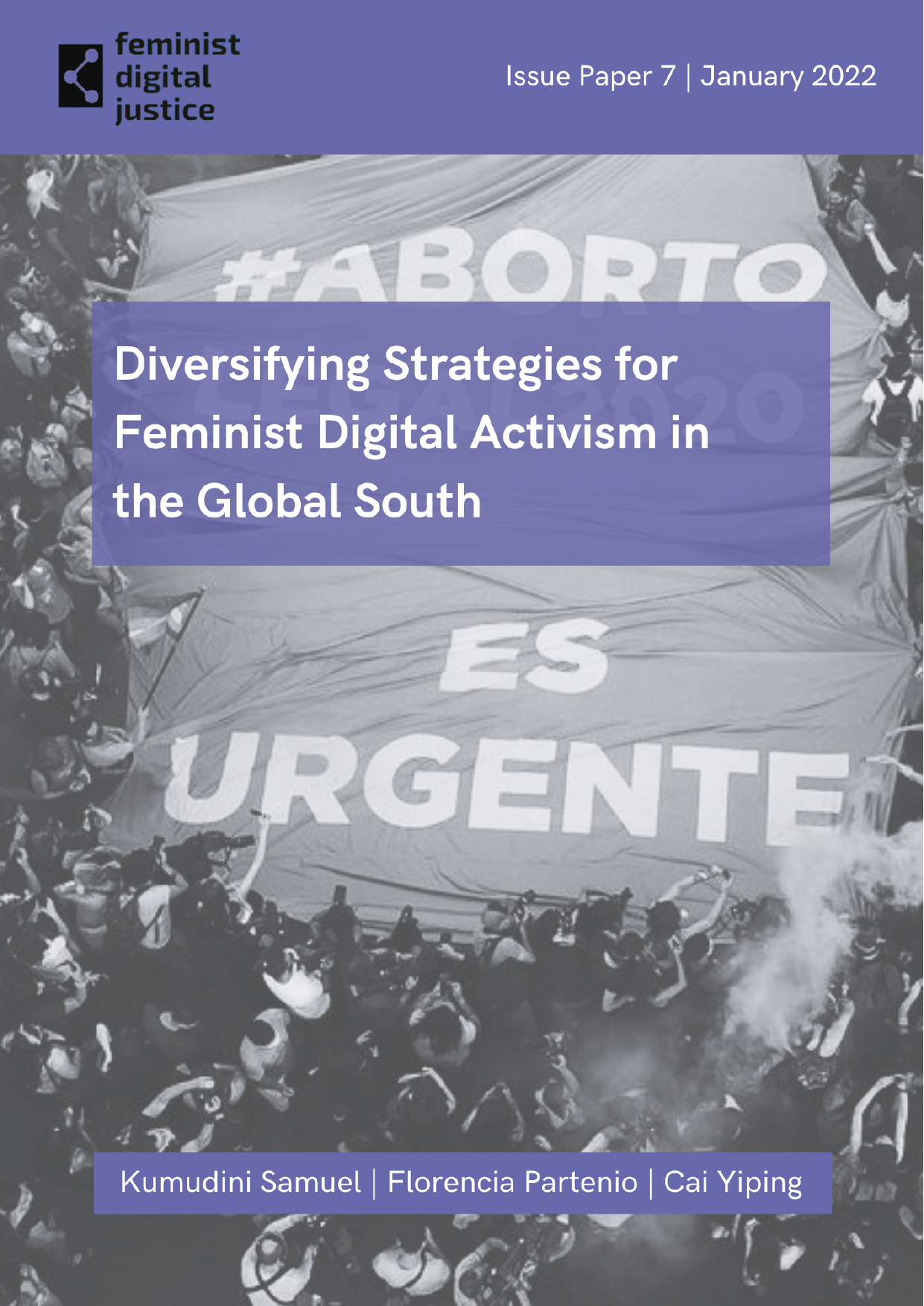In Argentina, the femicide of 14-year-old Chiara Páez in 2015 motivated a self-organised call to agitate against all types of violence against women under the slogan #NotOneLess. What started as a Twitter campaign transformed, over time, into the Ni Una Menos movement. Online activism combined with the offline mobilisation of thousands of women who took to the streets to express their outrage against gender-based violence.
At the beginning of 2018, a combination of inseparable processes of viralisation in social networks and mediatisation of televised discussions for the legalisation of abortion also took place in Argentina (Laudano, 2018). This heralded a year of feverish activism in the digital space and on the streets, demanding the right to legal, safe, and free abortion, under the hashtag #LegalAbortionNow (#AbortoLegalYa in Spanish). Extending far beyond its birthplace of Argentina, the movement reinvigorated and revitalised the struggle that the National Campaign for the Right to Legal, Safe and Free Abortion has been carrying out since 2005.
This long-drawn out struggle led to the passage of legislation to enable elective, legal, free, and safe abortions on December 30, 2020. Reiterating
the symbolism of past struggles, the movement used green scarves mimicking the white scarves used by iconic mothers who assembled at the Plaza del Mayo to protest the disappearance of their children under the military and civic dictatorship of Jorge Rafael Videla and the Dirty War of 1976-83. The current Argentinian movement does not only revive this historic struggle but also advances feminist alliances and activism into the future. It, in turn, inspired hope and a sense of possibility in feminist movements fighting for decriminalisation and legalisation of abortion in other Latin American countries such as Ecuador where activism and networking took place under the hashtag #AbortoPorViolación, and in the Dominican Republic, under the hashtag #LasCausalesVan.
Feminist scholarship explains the interface between online and offline activism as a redoing of feminism, tracing the contestations within historical and contemporary feminist discourses and practices, linking the critical interconnections between the local and the global (Baer, 2016). Today, digital technology is arguably establishing new forms of political action across the globe. It is leveraging new modes of protest in virtual spaces and animating physical protests in offline spaces. It is also transporting protests across the globe in real and virtual time. This is of immense significance. When protests occur on the street, it is the hand-held digital device that transports them out of the local. This is what “…communication devices and technologies are doing when they ‘report’ on what is happening on the street” (Butler, 2015). In this instance the person wielding the device also becomes part of the protest and the offline and the online occupy public space.
Feminist activism in a networked society is also vigilant about online spaces being utilised by anti-rights, antigender, and anti-feminist groups, along vested interests, including the state, as sites for proliferating misogyny, homophobia, transphobia, xenophobia, gender stereotypes, gender-based violence, and attacks on women and human rights defenders. Feminists have started challenging the corporatization and monopolization of the internet and digital platforms, and defending human rights against the invasion of privacy and the deployment of mass surveillance by corporations and states along with the increasing collusion between Silicon Valley companies and states. These interventions have led to the articulation and claiming of a right to communication, which is becoming a significant feature and a site of struggle for feminist activism and organising in the networked age
(Gurumurthy & Chami, 2017).

